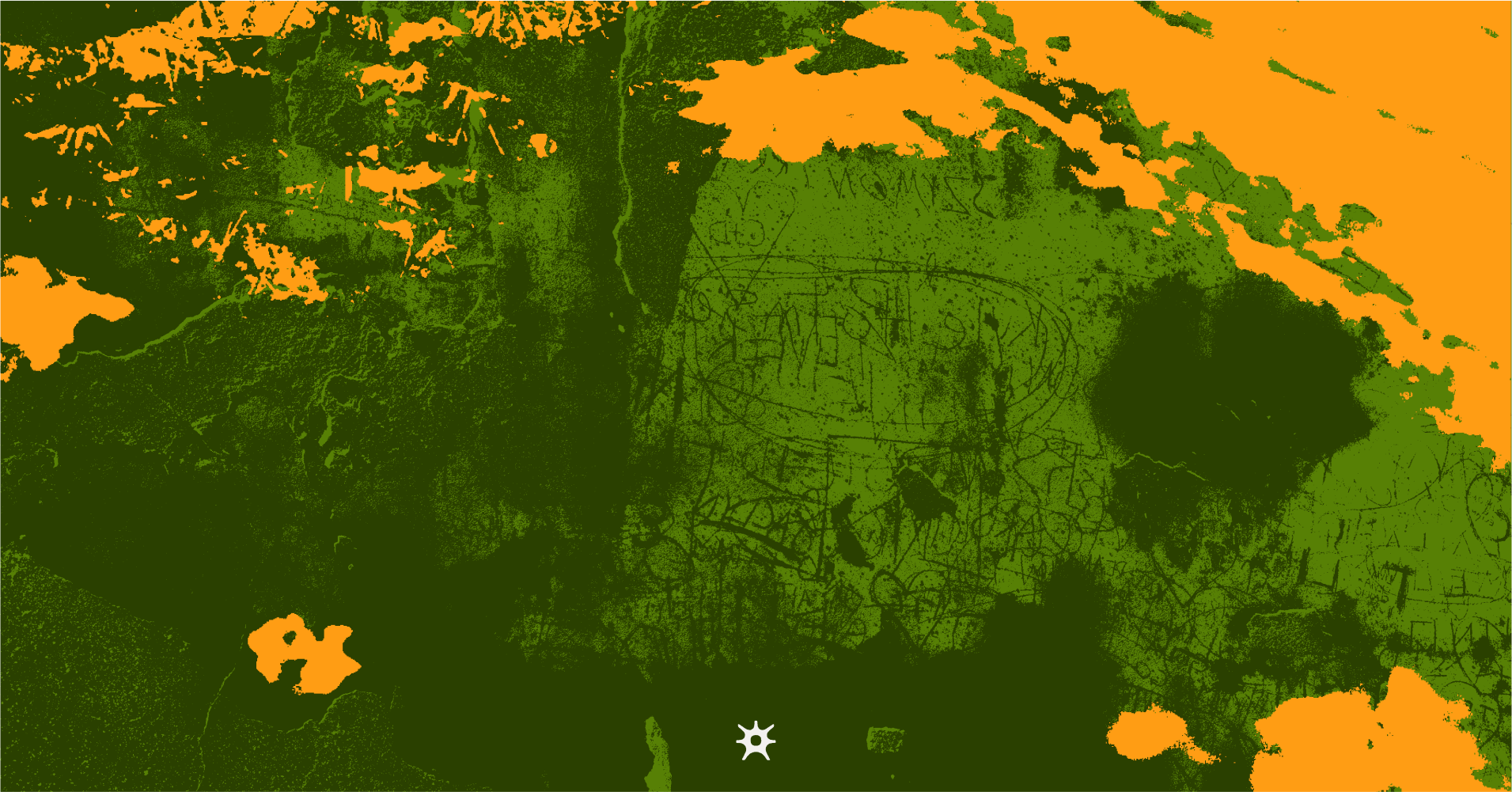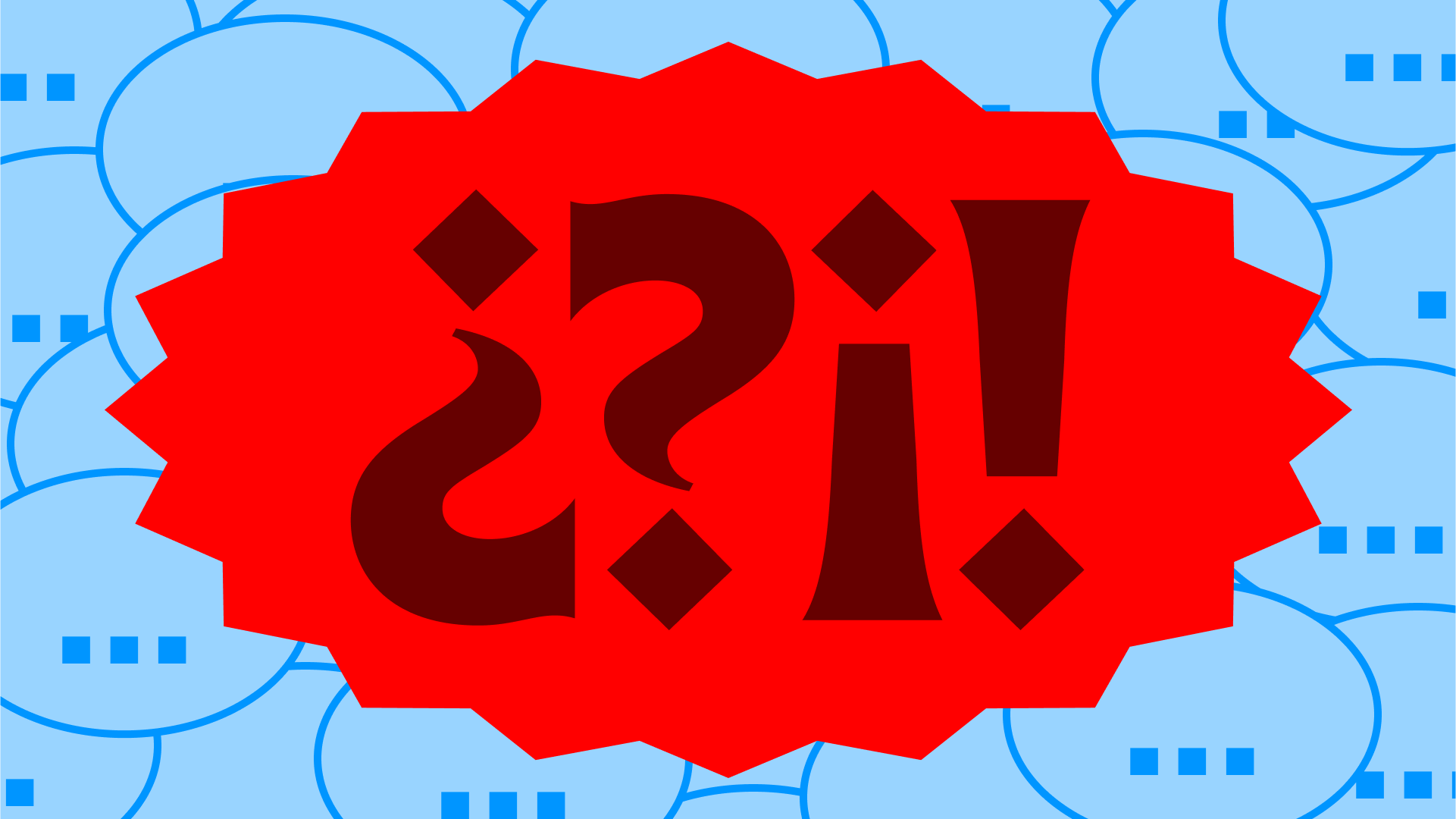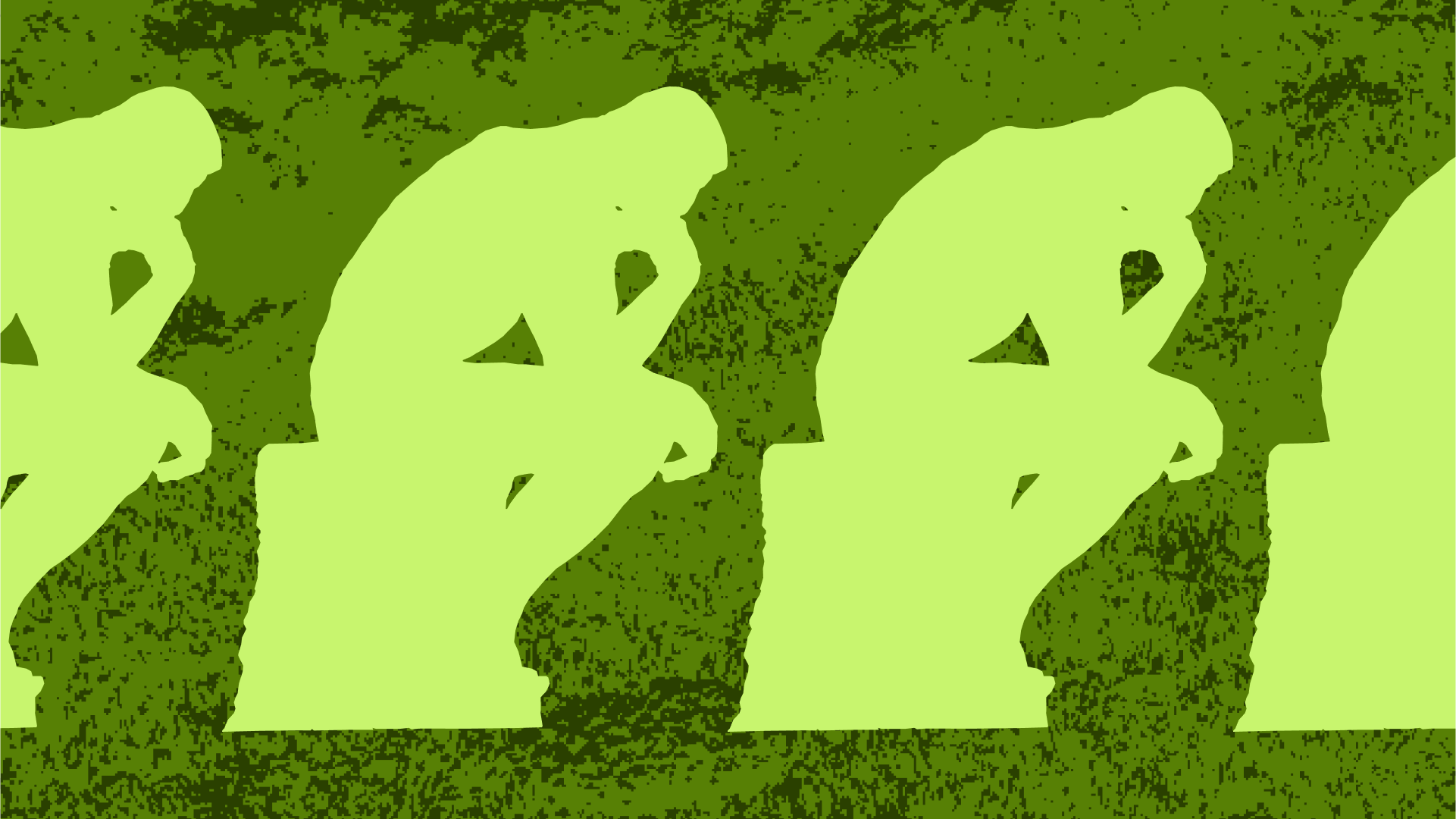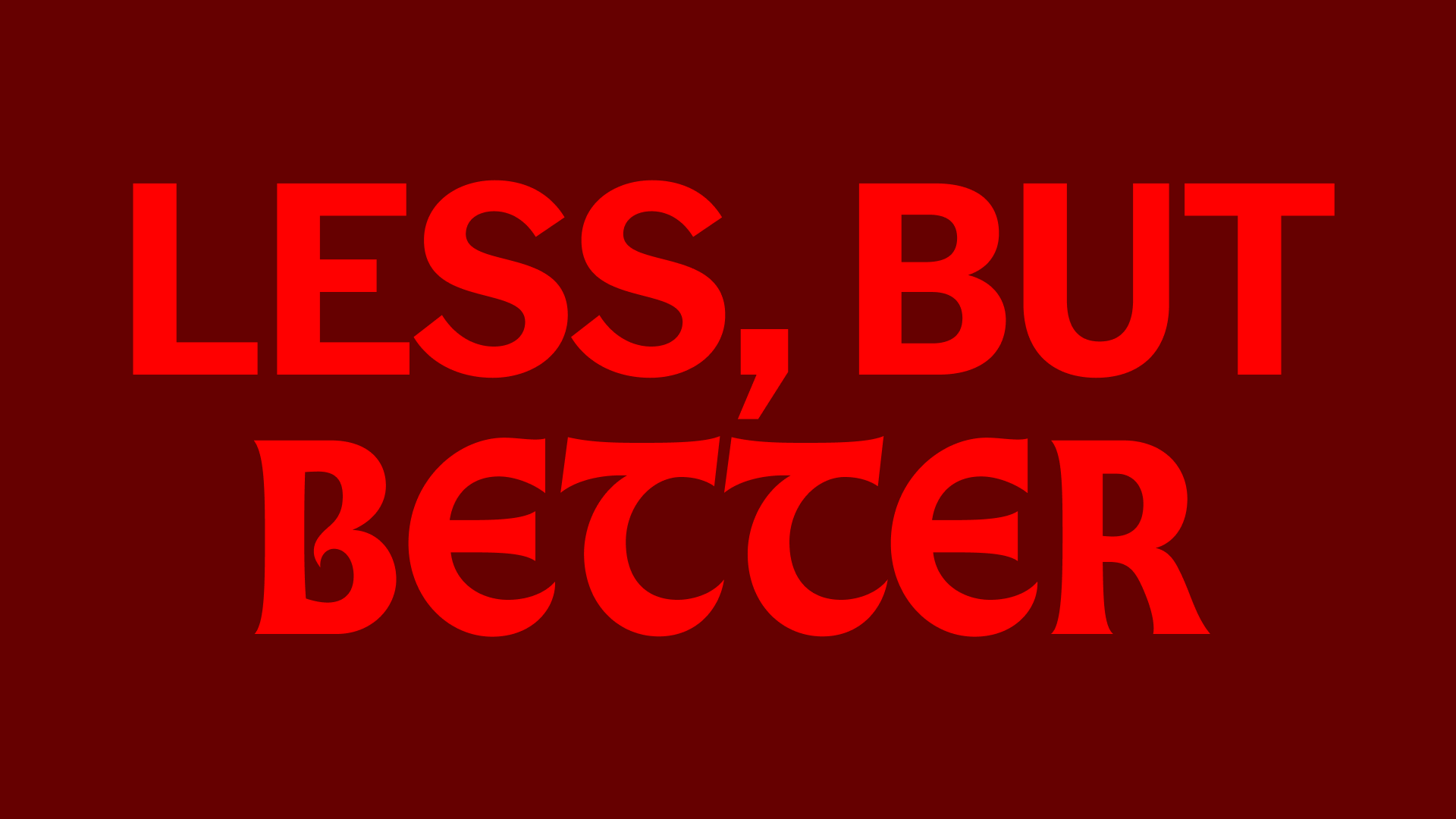
Hi Everyone 👋🏽
I'm finally back after a few refreshing weeks away from the keyboard. Excited to jump back in. :)
If you're new here, welcome to Growth Imperatives, an ongoing curation of found ideas that de-construct the current world of design, and ask how we can build a better one.
This week, I want to share some stories about the design industry's pursuit of perfection and why it may be time to transition to imperfection as a goal.
Is flawlessness falling out of fashion?
There’s been a vibe shift the past couple of years where genie-in-a-bottle design solutions aren’t sought after like they were in the 2010s. People are actively seeking out imperfection and limitations: apps that make it hard to access other apps and phones that do little more than call and text.
This article by Thorsten Jonas helps connect this trend—if you can call it that—to a sustainable mindset and helps us imagine an “ecosystemic” design process that looks beyond designing for hyperspecific users without accounting for broader systemic effects.
Here's a snippet of the full article, which includes some design process changes that Thorsten recommends:
By seeking perfection for somebody or something, we always take from somebody else. Perfection is not an absolute state. It is just one perspective in a complex, bigger system. The perfect solution always comes with negative impacts on other elements / players in the system. Seeking perfection creates injustice by default. [...]
A perfect delivery app might build up a great UX and convenience for the user. But at the same time the delivery rides are not paid well or small grocery stores have to close because they cannot match the business model of the delivery service. [...]
When building and designing digital products, we try to build the best product for our users. We need to change this [and] design from the beginning for a solution that is balanced with its surrounding ecosystem and on purpose, not just perfect to the user. [...]
Once we have dismantled negative impacts to the ecosystem we can seek for connections with the user- and business-needs we want to fulfil. Which of these needs are very harmful? This is an additional information layer to the classic user- and business-needs to help us understand and evaluate the negative impacts of each of them.
Read → Imperfect design for a better future by Thorsten Jonas
🏗️ Reconstructions
Three bite-sized ideas to help challenge your thinking:
With friction we don’t mean malfunctioning technology. If you don’t find the help-button, that is not the sort of friction we talk about. Friction is resistance that stems from movement, actions and engagement. It is desire, it is boredom. Friction is meeting people physically. Shutting down the site intentionally after some time in order to go out could be intentional friction. Friction can be much more fun than seamlessness.
→ Luna Maurer and Roel Wouters in Embracing friction
If the science tells us we need a transition and change in behaviour, then the websites we visit should reflect that. If every job is a climate job then every website can be a climate website.
Think about the last recipe site you visited. What if the first recipes and all featured recipes you were served were part of a climate friendly diet? Travel sites could push stories and guides about low carbon travel and sustainable accommodation. Design and construction websites could prioritise content about alternative building materials and low carbon mobility projects.
→ Andy Davies in Reducing “Business as Usual” content on platforms
Every technology gives us a new power, but it also takes something away from us. With every new technology, we risk becoming a little less human, and this is never more true than with AI. [...] Paradoxically, while AI might seem to be dragging us into a less human future, it might just be the thing that wakes us up and prompts us to look deep within ourselves to ask what really makes us special and unique as human beings.
→ Tom Greenwood in What does it mean to be human?
That's all for this week! Thanks for reading.
To help these ideas spread, please consider sharing a link to this issue or the entire newsletter with your friends or on social media.





Discussion